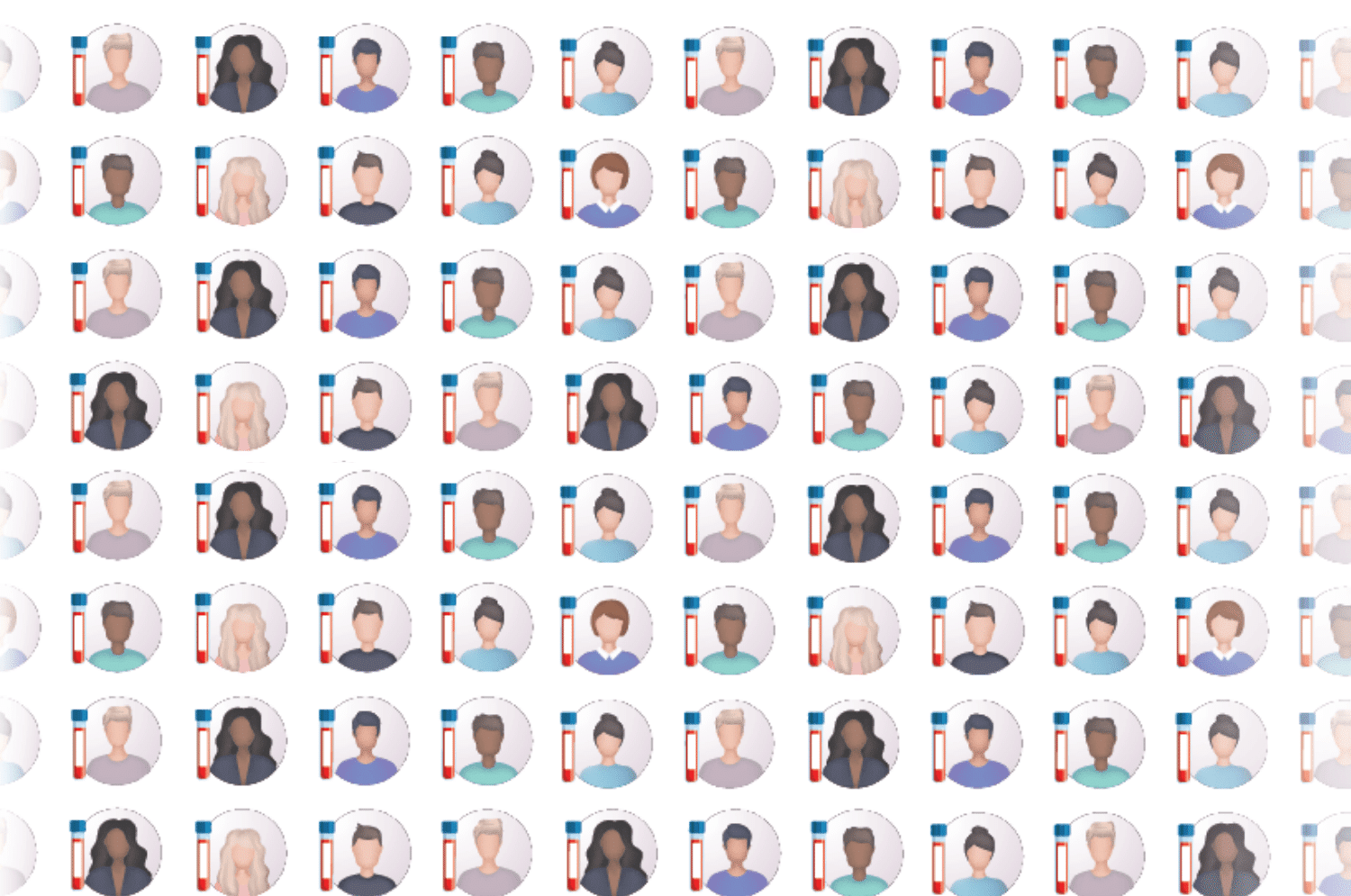“Sapient’s proprietary, next-generation rapid LC-MS (rLC-MS) technologies leverage the unique bioanalytical capabilities of the Bruker timsTOF Pro 2 system and enable nontargeted capture and measure of more than 11,000 circulating small molecule biomarkers – including thousands of yet uncharacterized factors – in a human biosample in less than one minute. These technologies are embedded within an integrated discovery pipeline… Continue reading Sapient Featured in Bruker Press Release Announcing timsTOF Innovations at ASMS 2022
Sapient Featured in Bruker Press Release Announcing timsTOF Innovations at ASMS 2022









